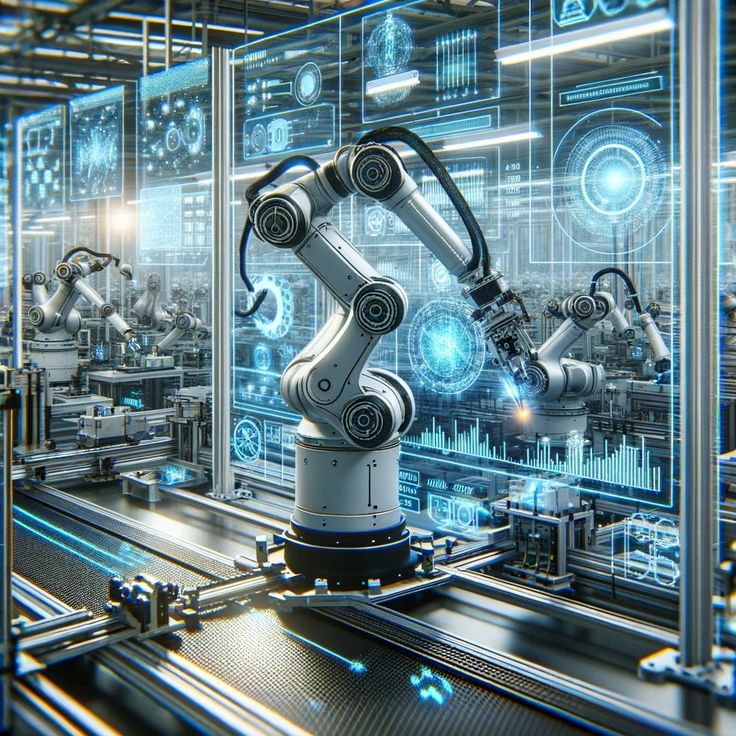The world is witnessing an unprecedented rise in automation, artificial intelligence, and robotics, transforming industries ranging from healthcare to manufacturing. As technology advances, the role of robotics engineers is becoming increasingly significant. But will robotics engineers be the most in-demand professionals in the future? Let’s explore the factors shaping the demand for robotics engineers and their potential career outlook.
1. The Growing Need for Robotics Engineers
Automation Across Industries
Robotics is not limited to just industrial automation anymore. Many sectors are integrating robotics into their workflows, creating high demand for skilled robotics engineers.
- Manufacturing: Robotics engineers develop automated systems to improve production efficiency.
- Healthcare: Robotic-assisted surgeries and AI-driven prosthetics are transforming medical treatments.
- Agriculture: Automated harvesting robots and precision farming technology are optimizing crop yields.
- Logistics and Retail: Warehouses are increasingly using autonomous robots for inventory management and order fulfillment.
Artificial Intelligence and Robotics Synergy
The combination of AI and robotics is accelerating innovation, leading to:
- Autonomous vehicles and drones.
- Smart home and service robots.
- AI-powered industrial automation.
2. Projected Job Growth for Robotics Engineers
According to industry reports, the robotics sector is expected to grow exponentially:
- The global robotics market is projected to reach $214 billion by 2030.
- The U.S. Bureau of Labor Statistics predicts an engineering job growth of 9% by 2030, with robotics playing a significant role.
- The demand for robotics professionals in AI, mechatronics, and automation is rising globally.
3. Skills and Qualifications Required
To meet this demand, aspiring robotics engineers should focus on:
- Education: A degree in robotics, mechanical, electrical, or software engineering.
- Programming: Proficiency in Python, C++, and ROS (Robot Operating System).
- AI & Machine Learning: Understanding AI integration in robotics.
- Hardware Development: Experience with sensors, actuators, and microcontrollers.
4. Challenges and Future Prospects
Challenges:
- High cost of robotics development.
- Ethical concerns surrounding automation and job displacement.
- Need for continuous learning due to rapid technological advancements.
Future Prospects:
- Increased investment in robotics research and innovation.
- Development of humanoid robots and AI-driven robotic assistants.
- Expansion of robotics into space exploration and deep-sea missions.
5. Conclusion: The Future of Robotics Engineering
While many fields are experiencing growth, robotics engineering stands out due to its impact on multiple industries. With automation, AI, and robotics becoming indispensable, robotics engineers are likely to be among the most sought-after professionals in the coming decades. For those interested in a future-proof career, robotics engineering presents an exciting and rewarding path.

